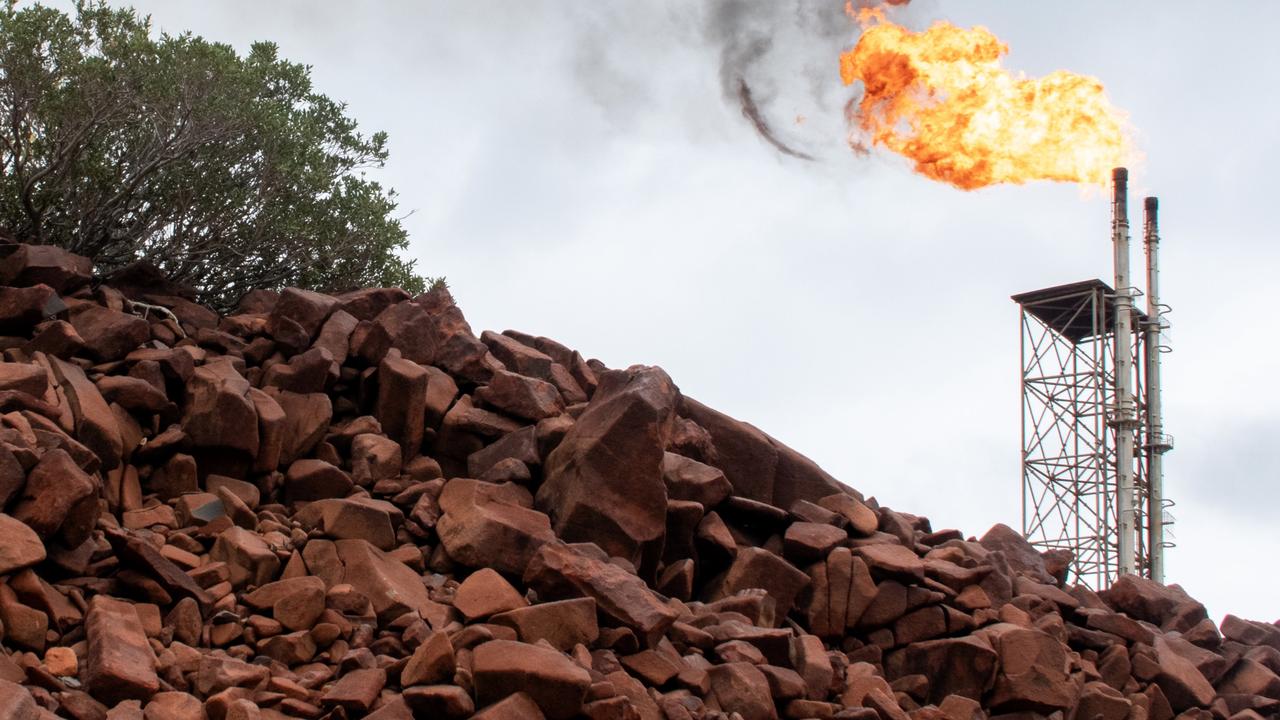Is massive blue hole discovered off coast of Mexico a window into new lifeforms?
A mysterious and massive “blue hole” discovered off the coast of Mexico could potentially provide a window into life on other planets.
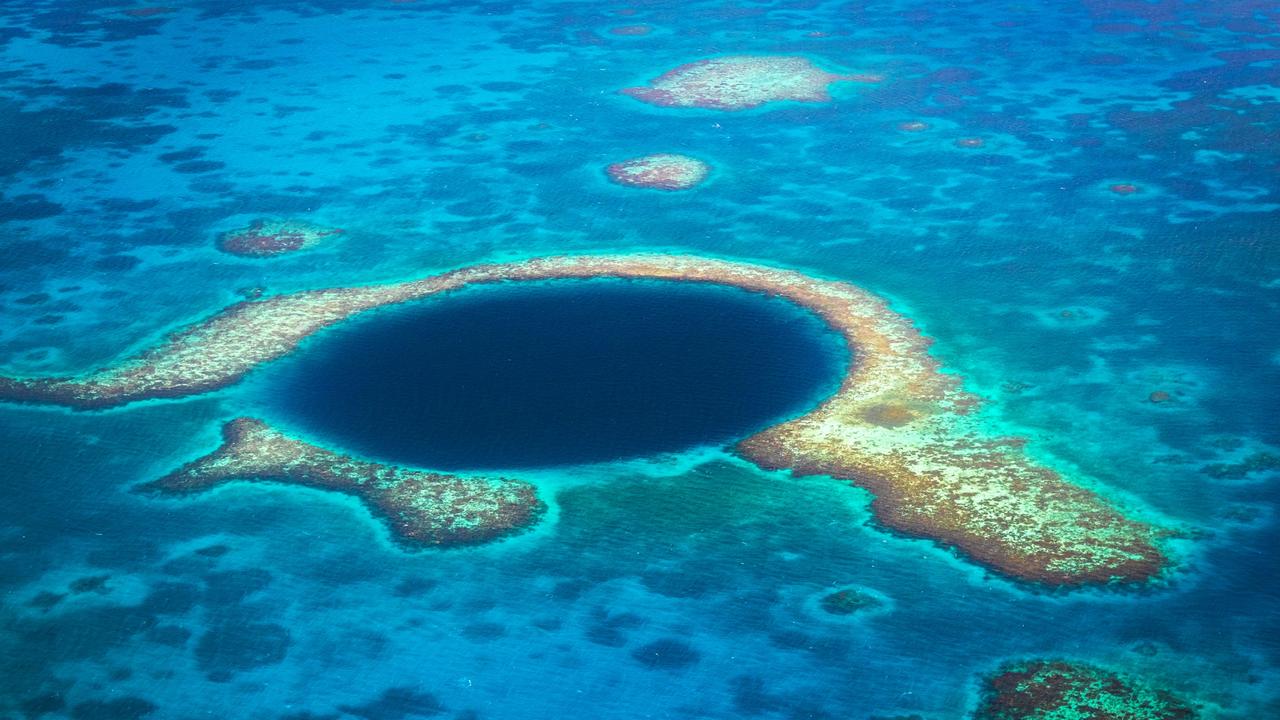
It could fill a massive knowledge “gap” on alien life.
Researchers flabbergasted the science community after discovering the world’s second largest blue hole in Mexico — which could potentially provide a window into life on other planets, the NY Post reports.
The massive sapphire sinkhole was originally discovered in 2021, but was only documented recently in the scientific journal Frontiers In Marine Science.
It is likely “the deepest known blue hole in the region”, according to the scientists, who were affiliated with the public research centre El Colegio de la Frontera Sur (Ecosur).
Known in scientific circles as Karst formations, blue holes are actually vertical marine caves that were carved over thousands of years by glacial run-off during the Ice Age, according to Discovery.com.

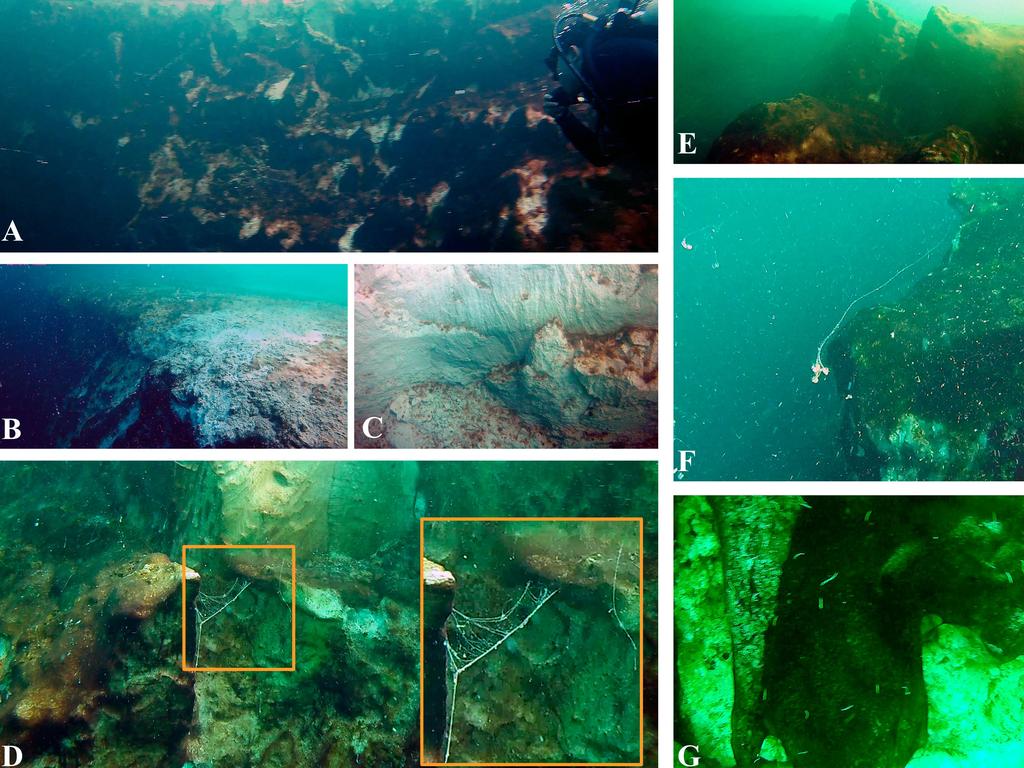
These sprawling aquatic formations often extend hundreds of feet down and can measure an equal or greater distance across as well.
This latest cobalt cavern system was discovered off the Yucatán Peninsula’s Chetumal Bay, whereupon it was surveyed and sampled by scuba divers, undersea sonar and other methods.
Dubbed Taam Ja’ — which means “deep water” in Mayan — this behemoth blue lagoon spans an area of 13,700 square metres, with a depth of 274 metres, Live Science reported.
This “makes it the second deepest known blue hole in the world,” after the Dragon Hole in the South China Sea which is believed to extend down some 299 metres, per the study.

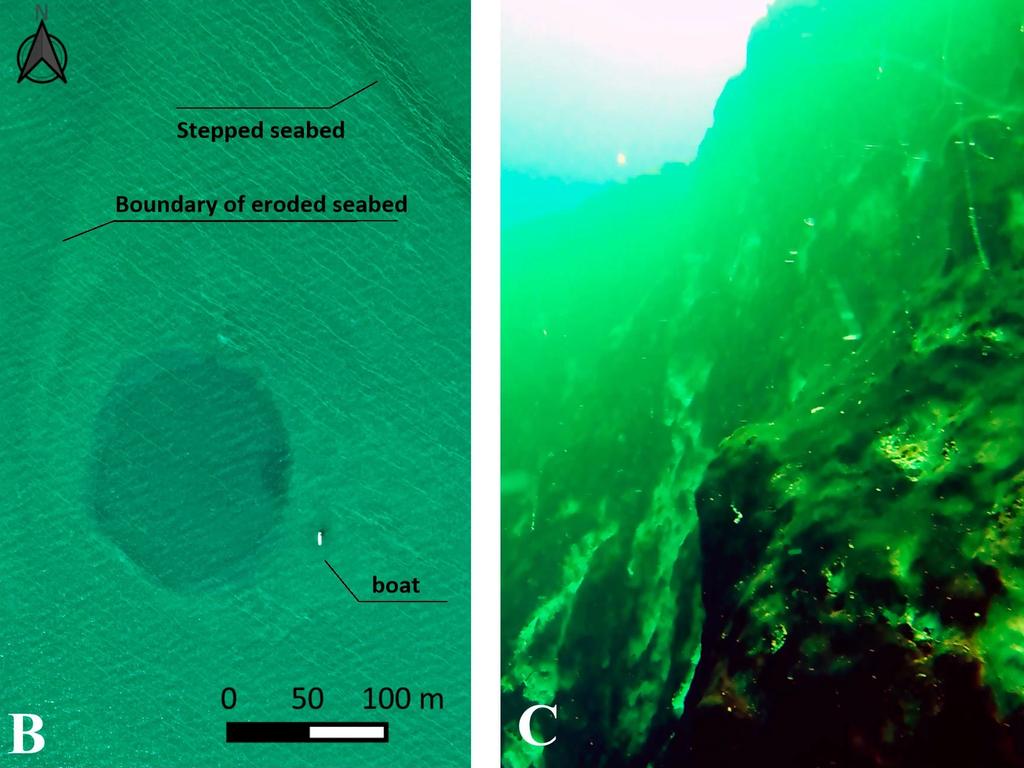
Also noteworthy are the Taam Ja’ Blue Hole’s steep slopes of almost 80 degrees that form a “large conic structure”.
The indigo crater’s walls shelter the water from the tides, rendering its current completely still, like some aquatic anomaly stuck out of time.
Unfortunately, little scholarship exists on blue holes due to their lack of accessibility to people.
The aforementioned tidal flow makes it so they are “sharply stratified by a thin layer of freshwater on the surface that prevents oxygen from reaching the dense saltwater below”, per Discovery.com.
Instead of oxygen, these ultramarine portals are filled with the deadly gas hydrogen sulfide, making it perilous for people to venture into the abyss sans the proper equipment.
Despite the inhospitable conditions, blue holes are veritable oceanic oases teeming with life that’s adapted to an oxygen-poor environment.
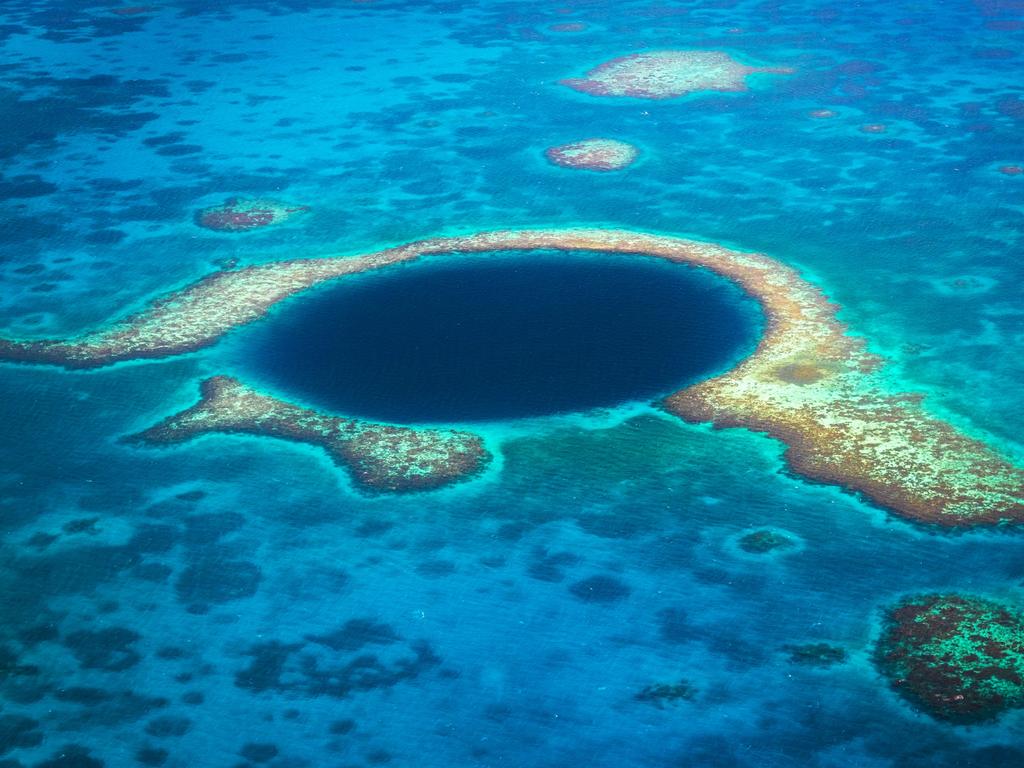
This lack of oxygen coincidentally has the side effect of perfectly preserving fossils, enabling scientists to potentially identify long-extinct species, researchers note.
In fact, submarine sinkholes may offer a portal to both space and time.
In 2012, scientists exploring blue holes in the Bahamas discovered bacteria deep in the caves where no other life existed, potentially filling the knowledge “gap” on what types of lifeforms have the capacity to survive on other planets.
The “origin and geological evolution of the TJBH deserves further investigation”, researchers declare in the study.
Perhaps most troubling is the insight blue holes provide on human activity.
During a 2018 exploration of Belize’s mysterious “Great Blue Hole”, researchers discovered plastic bottles at the bottom of the deep formation.
“The real monsters facing the ocean are climate change and plastic,” said billionaire Virgin founder Richard Branson, who tagged along on the expedition.
“We’ve all got to get rid of single-use plastic.”
This article originally appeared on NY Post and was reproduced with permission




